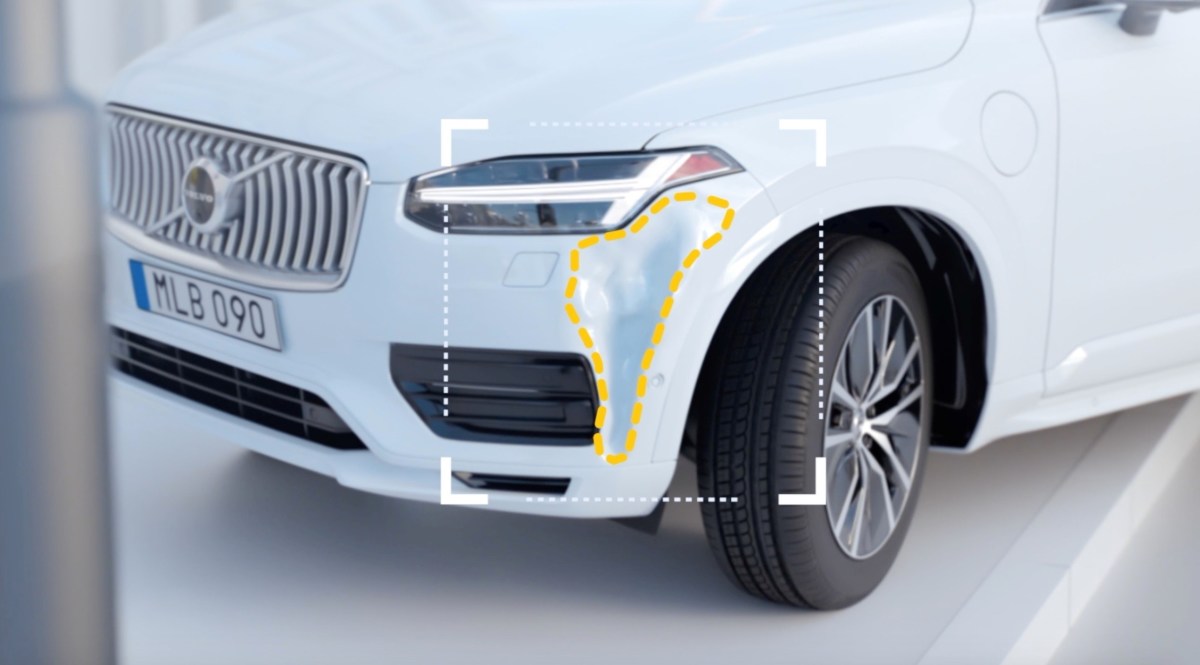
Volvo just released a new mobile service designed to guide you through what to do after a car crash. It's a simple bit of tech, but might prove helpful if you weren't up to speed on what to do after a light brush up with another vehicle.
The service is called Car Accident Advisor. After confirming to Volvo Customer Care that you are uninjured and not in need of emergency services, you'll get a text to your phone that links you to this service. Assuming you have an internet connection, the application will proceed to guide you through the necessary steps one should take after getting into an accident.
Volvo says the app will prompt the driver to capture photos and write down facts about the accident. It asks if other vehicles are involved, determines your exact location and allows you to pinpoint the areas of the car that were damaged. After doing that "paperwork," Volvo then allows you to submit it in a nicely organized report directly to your insurer. This allows you to get your insurance claim in the process right away, hopefully speeding up the entire process. The last guided step Volvo offers is a body shop/service finder. It lists approved Volvo shops and can arrange a tow to those shops, so you can theoretically get a quick start on repairs.
The benefits for someone unprepared are obvious, but this could be handy for experienced drivers, too, since an accident can be pretty disorienting. Volvo says the service will work on all model year 2015.5 or newer Volvos. If you have a Volvo older than that, you can trigger the service manually with a phone call to Volvo Car Customer Care. There is no cost to using the Accident Advisor either way.


